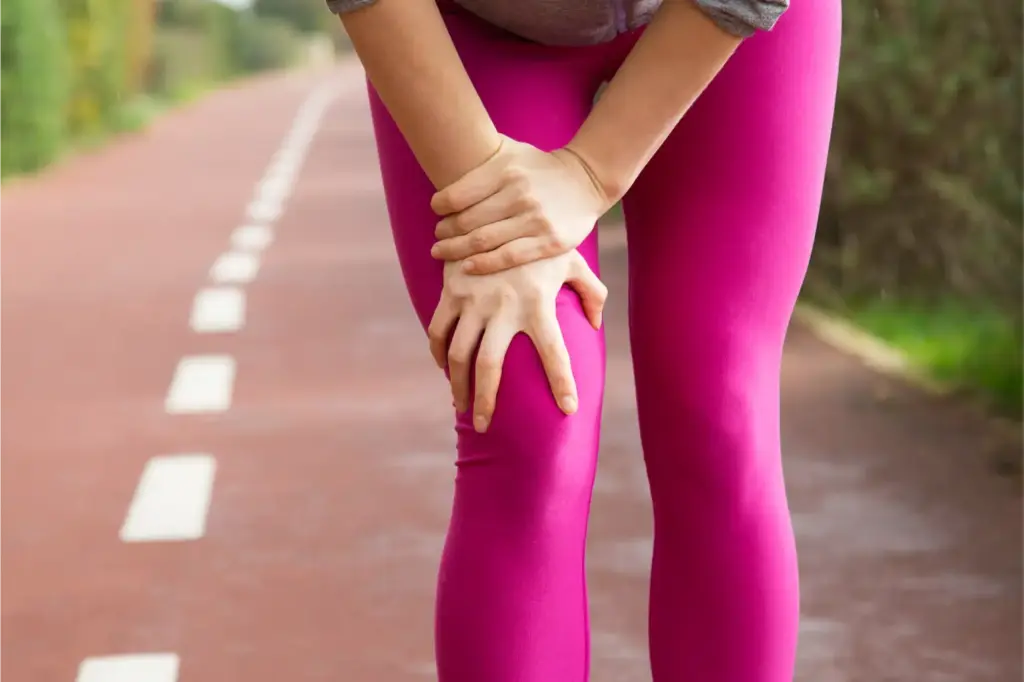
Knee osteoarthritis treatment: A year-long clinical trial from the University of Utah suggests that tiny changes to the angle of the foot while walking can cut knee osteoarthritis pain as effectively as medication and slow cartilage damage, potentially delaying joint-replacement surgery for years. The findings appeared in The Lancet Rheumatology.
Researchers enrolled 68 adults with mild-to-moderate osteoarthritis in the medial (inner) knee. After motion-capture analysis on a pressure-sensing treadmill and a baseline MRI, participants were randomised to either a personalised gait-retraining program or a dummy (Sham) program.
Also Read | Think you know arthritis? These common myths may surprise you
The tailored intervention prescribed a small toe-in or toe-out adjustment, typically 5° or 10°, chosen to maximally reduce each person’s knee load. Volunteers trained weekly for six sessions, used a shin-worn device that vibrated to give real-time feedback, and were asked to practice the new gait for at least 20 minutes a day. Individuals whose knee loading did not improve with any adjustment were excluded.
At one year, those in the intervention group reported less knee pain than the placebo group and showed slower deterioration on MRI measures of cartilage health. “We have known that higher loads in the knee accelerate progression and that changing the foot angle can reduce knee load,” said study author Scott Uhlrich. “What’s new is high-quality, randomised, placebo-controlled evidence that this biomechanical approach helps.” He added that the pain reduction “was somewhere between what you’d expect from an over-the-counter medication, like ibuprofen, and a narcotic, like OxyContin.”
The team credits a personalised approach, choosing inward vs outward toe angle and degree of change based on each person’s baseline gait, for the improvements. “This intervention could help fill that large treatment gap,” Uhlrich said, noting that many people in their 30s–50s face decades of pain management before they’re candidates for joint replacement.
(Source: The Lancet Rheumatology)








